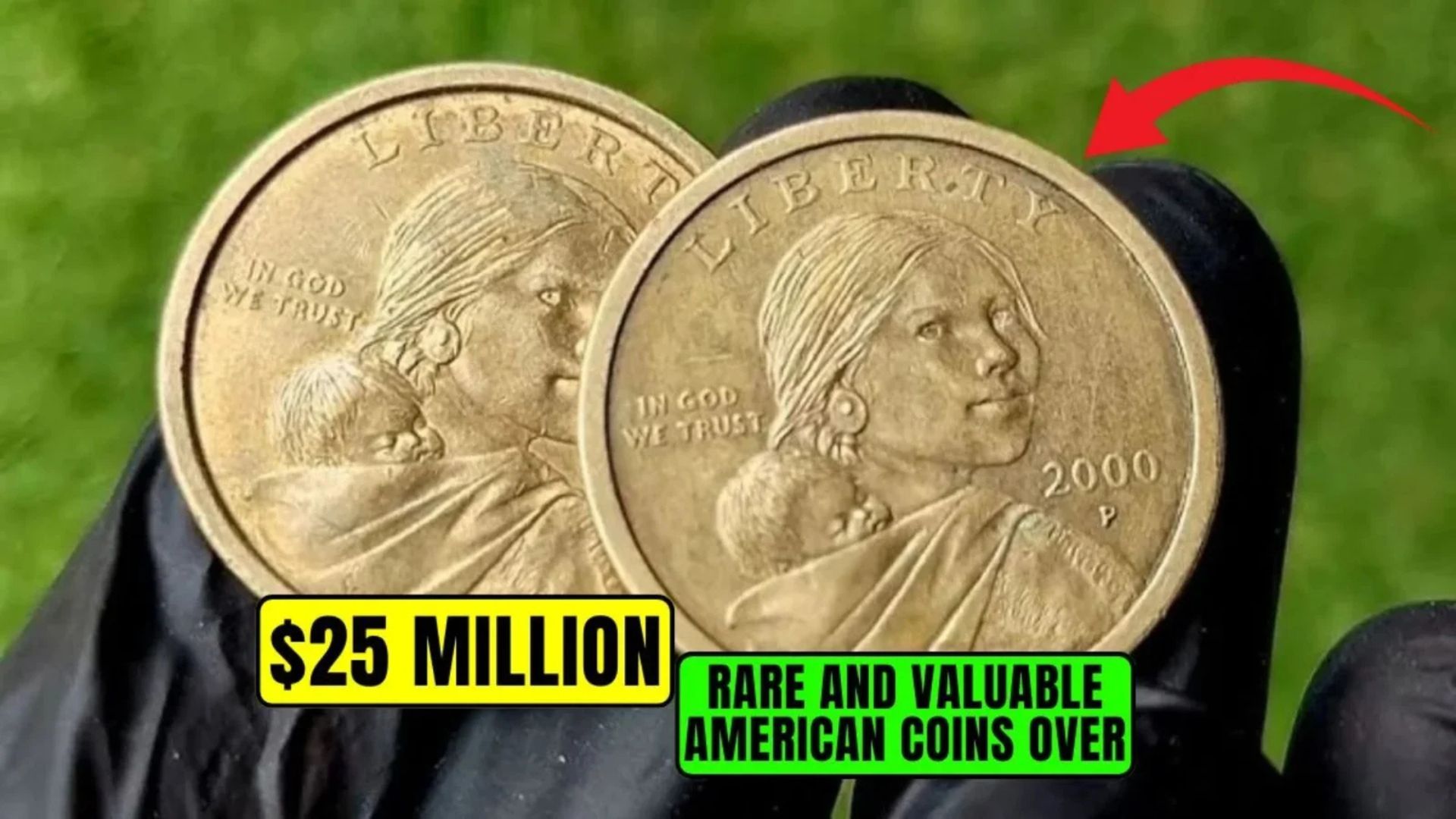Imagine finding a quarter in your pocket that’s not worth 25 cents — but millions. One Bicentennial quarter is said to be valued at nearly $45 million. Beyond that, there are at least four other quarters collectors believe could fetch over $20,000 each. In this article, you’ll discover what gives these coins such massive value, and how to spot one yourself.
What Makes a Quarter Valuable?
When a common coin becomes extremely valuable, certain special features usually play a role. Here are the main factors:
- Rarity — How few of that coin exist
- Minting errors or anomalies — Mistakes like double strikes, off‑center designs, or overlapping mint marks
- Condition / grade — How well preserved, how little wear or damage
- Historical or commemorative significance — Belonging to special anniversaries or designs
- Metal content — Silver, gold, or unusual compositions

These combine to make a coin far more valuable than face value.
The Bicentennial Quarter That’s Said to Be Worth Nearly $45 Million
What Is the Bicentennial Quarter?
In 1976, the U.S. Mint released a special quarter to celebrate America’s 200th birthday. Instead of the usual eagle, the reverse shows a drum and a drummer boy, surrounded by 13 stars. It also carries dual years: “1776‑1976.”
Most of these coins were made in standard clad copper-nickel and used in everyday life.
Why This One Stands Out
One particular Bicentennial quarter is claimed to have a double-strike error, meaning the coin was struck twice, giving overlapping images or impressions. If that coin is in perfect, uncirculated condition, the story goes, its value could approach $45 million.
However, it’s important to stress that this figure is not confirmed by a verified public sale. The story is part legend, part collector speculation.
Four Other Quarters That Could Be Worth Over $20,000
Here are four more quarters that collectors prize — each with a special feature that can push value into the five-figure range:
| Quarter | Year & Mint | Unique Feature | Possible Value |
|---|---|---|---|
| 1932‑D Washington Quarter | 1932, Denver | Very low mintage first-year issue | Over $20,000 |
| 1932‑S Washington Quarter | 1932, San Francisco | Also low mintage in first year | Over $20,000 |
| 1943‑S Silver Quarter | 1943, San Francisco | Strike on silver or in unusual condition | Over $20,000 |
| 1950‑D/S Overmintmark | 1950, Denver / San Francisco | “D” stamped over “S” (or vice versa) | Over $20,000 |
1932‑D Washington Quarter
Because the Denver mint produced very few of this coin in that first year, survivors in great condition are rare — which adds to its value.
1932‑S Washington Quarter
Likewise, the San Francisco coin from 1932 is scarce, especially in higher grades. This scarcity makes it very attractive to collectors.
1943‑S Silver Quarter
During World War II, metal use was in flux. If a quarter was struck on silver stock (contrary to usual composition) or shows unusual traits, it becomes particularly interesting and valuable.
1950‑D/S Overmintmark Quarter
This error occurs when one mint mark is stamped over another (for example, “D” over “S”). Mint mark errors are unusual and draw attention from serious collectors.
How You Can Check If You Own One
If you have older quarters at home, here’s how to inspect them for potential hidden value:
1. Check the Date and Mint Mark
Look for years like 1932, 1943, 1950, 1976. The mint mark (D or S) is usually located near the bottom of the coin (on or near the tail feathers, or near the date).
2. Look Closely for Minting Errors
Use a magnifying glass or loupe and check:
- Double images or overlapping designs
- Off‑center strikes (design shifted)
- Overmintmarks (one mint mark over another)
- Doubling on letters or numbers
3. Evaluate the Condition
Coins with sharp detail, minimal wear, no scratches or nicks — especially uncirculated specimens — will command higher values.
4. Examine Metal Composition
Silver coins feel different in weight and shine. If the coin is heavier, or shows visible silver metal inside edges, it may be silver or a special issue.
5. Get a Professional Grading
Reputable services like PCGS or NGC can authenticate a coin and assign an official grade. That grade is key when selling.
Risks and Caveats
- Many “mythical million‑dollar coins” are stories, not verified facts.
- Cleaning or polishing a coin often hurts value, not helps it.
- Misattribution is common — people may mistake dates, mint marks, or errors.
- Even if a coin is rare, buyers want clear documentation, grade, and provenance.
FAQ (Frequently Asked Questions)
Q1: Is the $45 million Bicentennial quarter real?
No confirmed sale at that level exists. It’s mostly part of coin collector lore.
Q2: Do all Bicentennial quarters have value?
No — most are still worth just 25 cents unless they have errors, are in silver, or are in almost perfect condition.
Q3: How can I tell a silver quarter from a regular one?
Silver coins are heavier, have a distinct shine, and don’t show a copper core stripe on the edge.
Q4: Should I clean a coin to make it shine?
No — cleaning usually damages the surface and lowers value.
Q5: Where should I sell a coin if I find something special?
Go to trusted coin dealers, numismatic auction houses, or certified coin marketplaces — but first get it graded and authenticated.
Conclusion
While most quarters are worth just face value, some are hidden treasures. The tale of a Bicentennial quarter possibly worth nearly $45 million captures the imagination — and four more quarters with values over $20,000 show how minting quirks, rarity, and condition can transform a humble coin into a prized collectible. If you think you may own one, handle it carefully, document it, get a professional opinion, and explore the world of coin collecting with both excitement and caution.